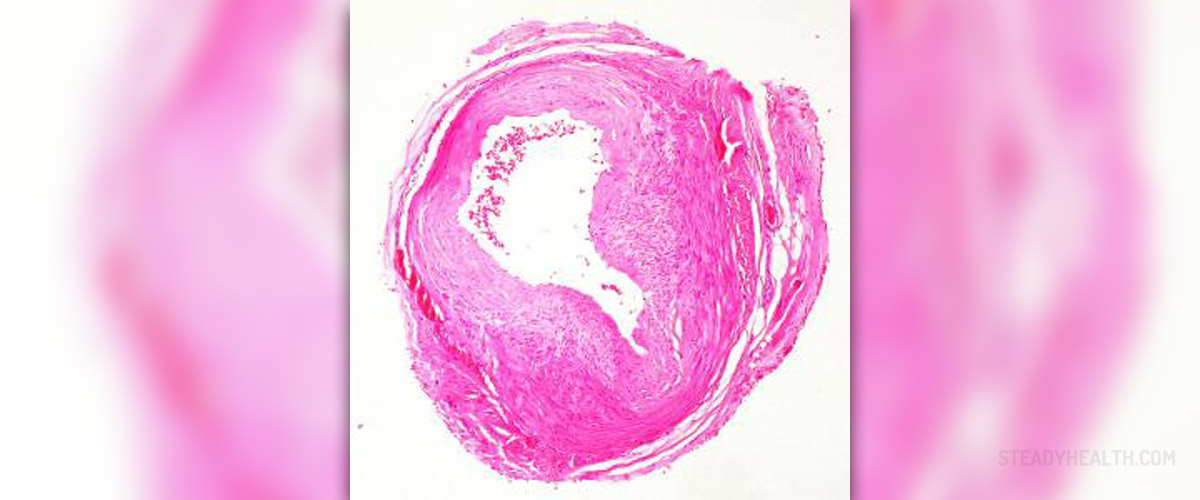
Circulatory or cardiovascular system is one of the most important systems in the human body. The heart, the blood vessels and the blood comprises it. The heart pumps the blood through the blood vessels to the different parts of the body. The blood vessels form a vast network throughout the whole body and it is very important to maintain the blood vessels healthy. However, sometimes, they can be affected by certain diseases and disorders. When the major blood vessels that bring the oxygenated blood rich in nutrients to the heart are damaged, coronary arteries disease occurs.
The main cause for the occurrence of coronary artery disease is the plaque that forms on the walls of the arteries. This plaque is made of fatty materials and cholesterols. Due to the plaque, the blood vessels become narrowed or blocked and the blood cannot normally flow or reach the heart in sufficient amounts.
Symptoms of coronary artery disease
Chest pain and angina are the most common symptoms of coronary artery disease. Another most frequent warning sign of this condition is the shortness of breath when performing an activity. The people who suffer from coronary artery disease may also experience rapid heart rate, excessive sweating and fatigue, as well as dizziness and nausea.
The heart attack happens when the heart does not receives enough amounts of the blood because of the narrowed of blocked blood vessels. The symptoms of the heart attack are usually different in men and women. In men, the chest pain feels like pressure or squeezing in the chest and does not disappear with rest. On the other side, in women, as well as in diabetics, the most common symptoms of a heart attack are breathlessness, heartburn, nausea, fatigue, jaw pain and back pain. The chest pain is the main sign of a heart attack in men, while in women it is not the case.
Angina or chest pain
Angina can be explained as a feeling of heaviness, pressure or tightness in the chest. Many people experience that as a feeling of squeezing, burning or discomfort, which appears in the chest. This pain usually happens when a person performs some activity. It is very light in the beginning, but increases over several minutes until it reaches a peak. It gradually decreases when the person stops the activity. Angina tends to spread from the chest to the left shoulder, down the both arms, to the middle of the back and to the neck.








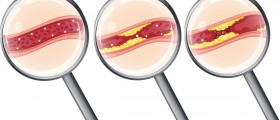
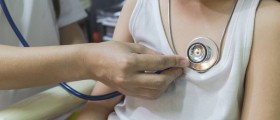



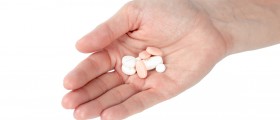
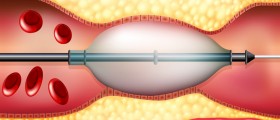


Your thoughts on this
Loading...